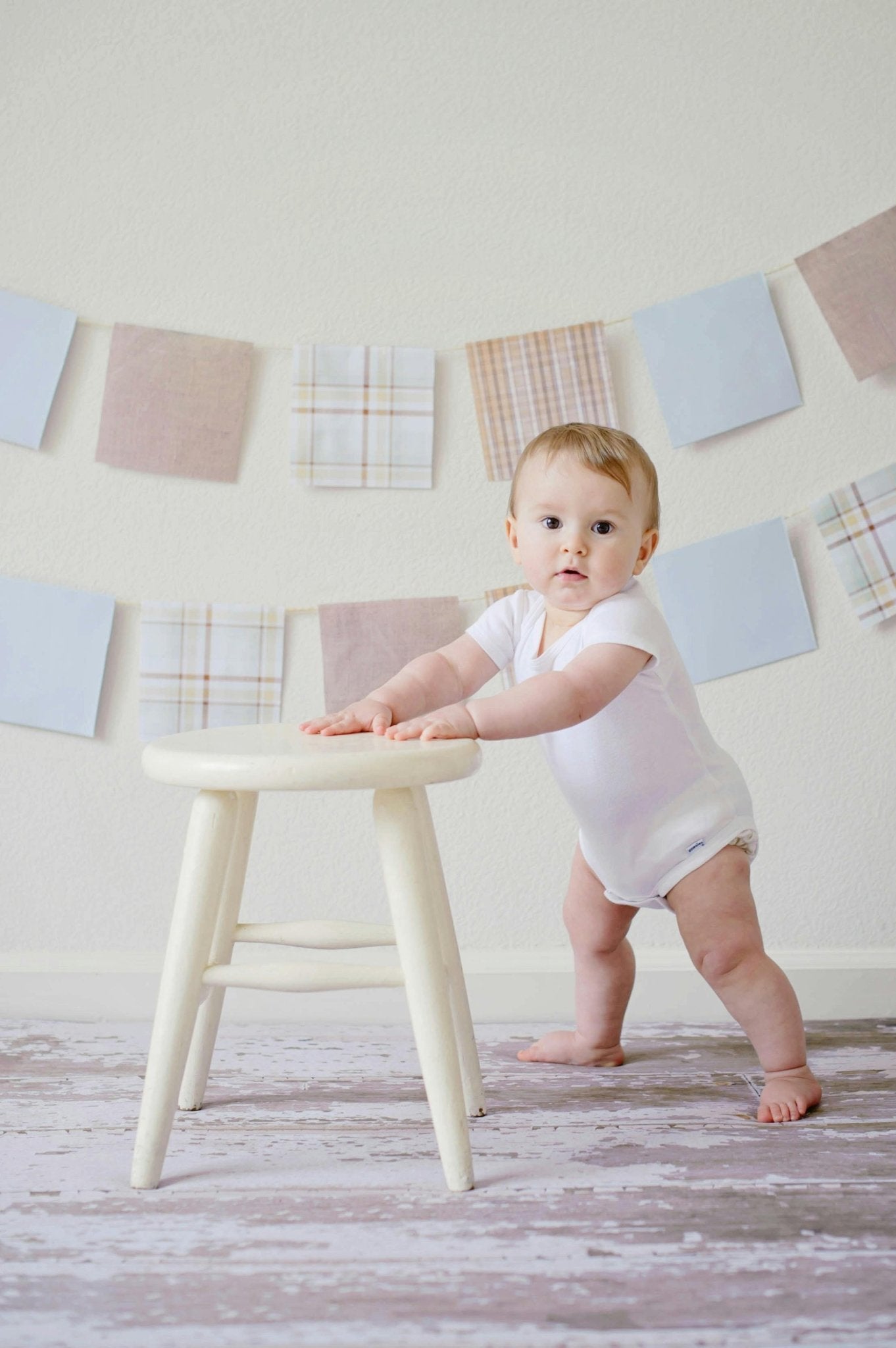
Why does the newborn cry? Understanding the Reasons and Finding Solutions for Your Child's Wellbeing
A newborn's cry is one of the most powerful and penetrating sounds a mother can hear. Every tear, every sob, brings with it a request for attention, love and, often, a solution to a problem that the little one is unable to communicate otherwise. For a new mother, deciphering her baby's cries can seem like an insurmountable challenge, a constant test of patience and intuition. However, understanding the reasons why your newborn cries not only helps calm your little one, but also strengthens the special bond between you and him. In this article, we will explore together the most common reasons for crying babies, offering practical advice and reassurance to help you navigate these first months with greater peace of mind. Are you ready to find out more? So let's immerse ourselves in this journey into the emotional world of our little treasures.

Hunger: The First and Most Common Reason for Crying
A baby's crying is often the first clue that something is wrong. Among the most frequent reasons, hunger occupies a prominent place. A newborn has a small stomach that empties quickly, requiring frequent feedings, sometimes every two to three hours. This constant need for nourishment can cause your baby to cry to get your attention and signal that it's time to eat. It is important to recognize signs of hunger, such as crying, moving the hands towards the mouth, sucking the lips or reaching for the breast.
Breastfeeding or bottle-feeding your baby can quickly calm him down and make him feel safe and loved. However, hunger can be more complex than it seems at first glance. For example, if your baby cries immediately after being fed, he may not have eaten enough or may be having trouble digesting milk. In these cases, experimenting with different breastfeeding positions or consulting a pediatrician to rule out any food intolerances can make a big difference.
In addition to the quantity of food, the quality of interaction during feeding is also crucial. Creating a calm and comfortable environment during feeding helps the newborn to relax and enjoy the moment. Avoid distractions such as television or loud noises and dedicate this time exclusively to him. Speaking softly and maintaining eye contact while breastfeeding can strengthen the emotional bond and make the experience more enjoyable for both of you.
If the crying persists after feeding, there may be another reason behind his discomfort, such as the need to burp to get rid of the air swallowed during the feeding. Pausing mid-feed to help your baby burp can prevent discomfort and associated crying. In any case, making sure the little one is well fed is a fundamental step for his well-being and to reduce moments of crisis. Over time, you will learn to recognize different types of crying and respond to your baby's needs more and more effectively, creating a routine that works for both of you.
In summary, hunger is one of the main reasons why newborns cry, but also one of the most easily resolved with attention and care. Taking note of hunger cues and responding promptly not only helps calm crying, but also helps establish a solid foundation for your baby's healthy and happy growth.

The Need for Comfort: How to Meet Your Child's Emotional Needs
In addition to hunger, a baby's crying may be the result of a need for comfort and security. The first months of life are a period of great adaptation for the newborn, who suddenly finds himself immersed in an unknown and stimulating world. In this context, physical contact and affection play a fundamental role in providing the child with a sense of protection and belonging. When your little one cries, he or she may be seeking your reassuring presence, the warmth of your hug, or the soothing sound of your voice.
The practice of "skin-to-skin contact" is especially important in the first days and weeks after birth. Holding your baby close to your chest, allowing him to hear your heartbeat and breathing, can quickly calm his crying and foster a deep emotional bond. Even the simple act of cradling your baby in your arms, gently rocking him back and forth, can have a calming and reassuring effect. Using door slings or baby carriers can be a great way to maintain physical contact while allowing you to free your hands to do other activities.
In addition to physical contact, your voice can be a source of great comfort to your baby. Speaking to him in soft, reassuring tones, even if he doesn't understand the words, conveys a sense of security and love. You can sing a lullaby, tell a story, or simply whisper words of affection as you gently pet him. The sound of your voice, combined with your loving embrace, can be the best remedy for your little one's crying.
Also, don't forget that your baby may be sensitive to external stimuli and may cry to signal that he or she is overwhelmed by too many sounds, lights or stimuli. Creating a calm and relaxing environment can help your child feel more secure and calm. Minimize loud noises, dim the lights and create a relaxing evening routine to prepare your little one for sleep. With a little attention and sensitivity, you can effectively respond to your baby's emotional needs and provide him with the comfort he needs to feel safe and happy.
Physical Discomfort: Identifying and Managing the Causes of Your Child's Discomfort
Baby crying can also be caused by physical discomfort, which is often difficult for a new mother to detect. Possible causes of physical discomfort include pain, discomfort or discomfort caused by problems such as regurgitation, gas, colic or diaper changes. When your baby cries inconsolably and doesn't seem to find relief, it may be an indication of physical discomfort that requires your attention and intervention.
Regurgitation, for example, is common in newborns and can cause discomfort and irritability. When your baby regurgitates after eating, he may feel a burning sensation in his throat or chest, which makes him cry. To ease the discomfort caused by regurgitation, you can hold your baby upright after feeding and eat small but frequent meals to prevent his stomach from becoming overcrowded.
Gases are another possible source of discomfort for your baby, especially during the first few months of life. When gas builds up in the intestines, it can cause abdominal pain and cramps, which manifests as excessive crying and difficulty sleeping. To help your baby get rid of gas, you can apply light pressure on the abdomen or have him lie on his back and move his legs as if he were pedaling a bicycle.
Colic is another common problem that can make your baby cry for no apparent reason. It manifests itself as inconsolable crying, usually at the same time each day, and can last several weeks. If your baby suffers from colic, you might try rocking him gently, giving him warm baths, or using comfort bands to ease his discomfort.
Finally, diaper changes could be another cause of crying for your baby. If the diaper is dirty or wet, it can cause irritation and discomfort to your baby's sensitive skin, causing him to cry. Make sure you change the diaper regularly and use protective creams to prevent skin irritation and discomfort during the change.

Restless Sleep: How to Deal with Difficulties Related to Your Child's Sleep
Baby sleep is often a subject of concern and frustration for many mothers and new mothers. Crying at night can be caused by a variety of reasons, including hunger, physical discomfort, or simply the need for comfort and reassurance. When your baby has trouble sleeping, he or she may become restless and cry inconsolably, testing your patience and stamina.
One of the first things to consider when your baby has trouble sleeping is his or her sleep environment. Make sure his cot or crib is safe and comfortable, with a firm mattress and clean sheets. Avoid overloading the cot with soft toys or objects that could pose a risk to your baby and make sure the room is cool and well ventilated.
In addition to the sleep environment, it is also important to create a relaxing evening routine to prepare your baby for sleep. A warm bath followed by a gentle massage can help your baby relax and feel drowsy. After the bath, you can read a calm story or sing a lullaby while rocking your baby in your arms. This evening routine helps your baby know it's time to sleep and promotes a smoother transition to sleep.
If your baby continues to cry despite your efforts, it may be helpful to try to identify any underlying causes of his restless sleep. Hunger, gas, colic or physical discomfort can make it difficult for your baby to fall and stay asleep. If you suspect that your baby's crying is caused by one of these reasons, try to resolve the problem before putting him to bed. Breastfeeding, burping or changing diapers can help your baby feel more comfortable and calm before bed.
Additionally, it is important to remember that newborn sleep is often erratic and can vary greatly from day to day. Some babies sleep a lot, while others need less sleep. Observe your baby's signs of tiredness and try to respond to his needs promptly. Over time, you'll get to know your baby's sleep patterns and find a routine that works for both of you. With patience and love, you will address your baby's sleep challenges and help him sleep soundly.











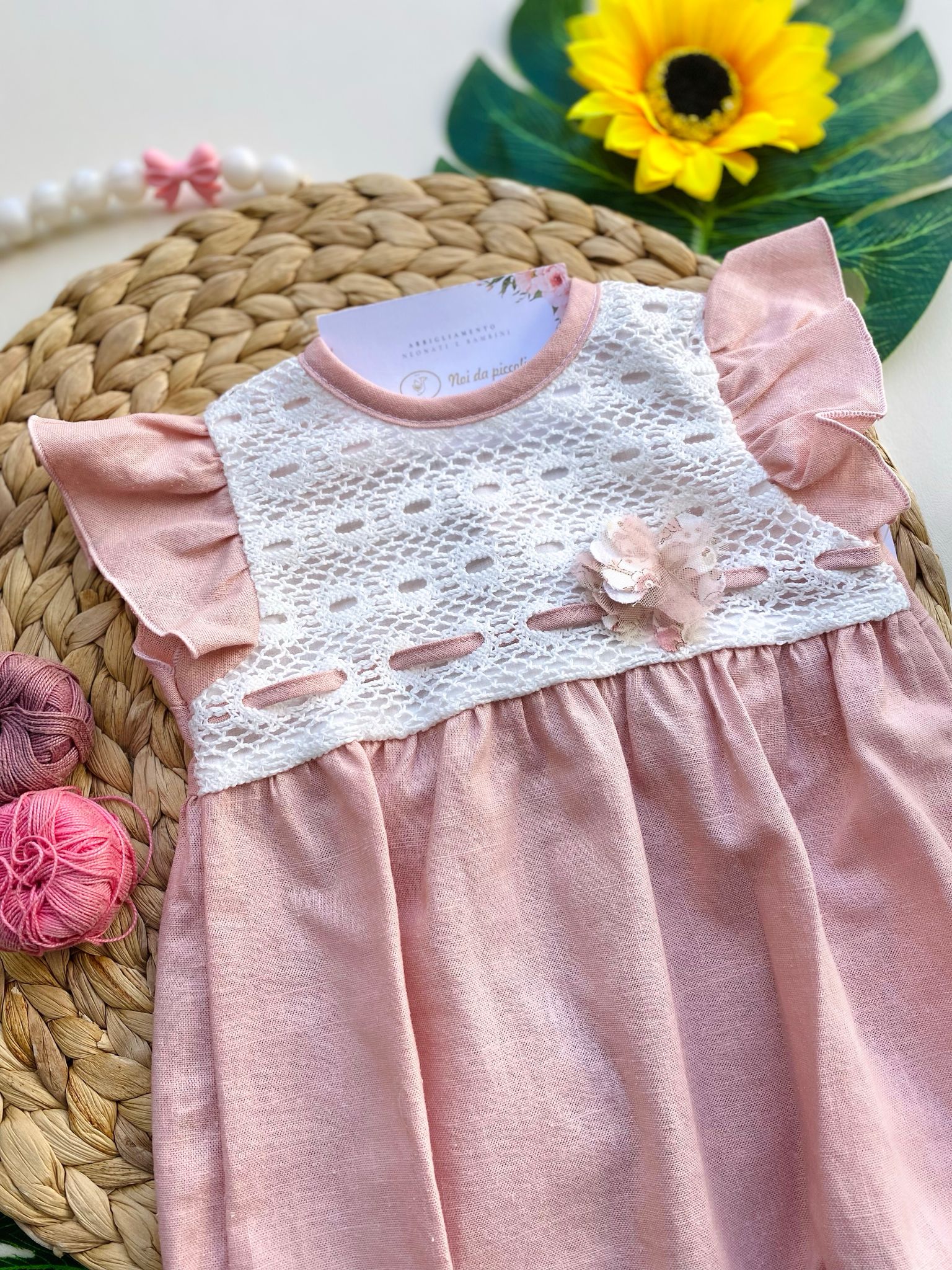




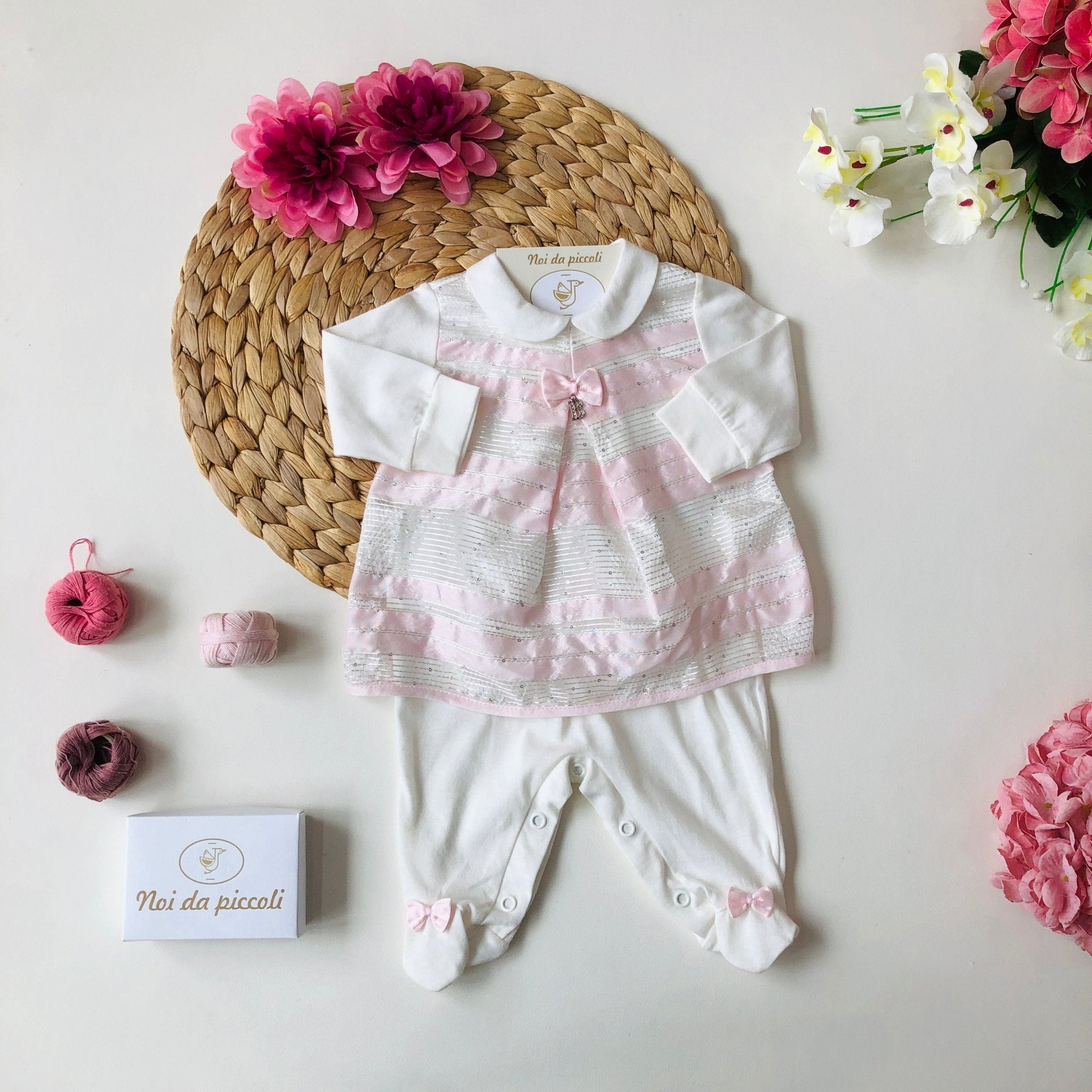
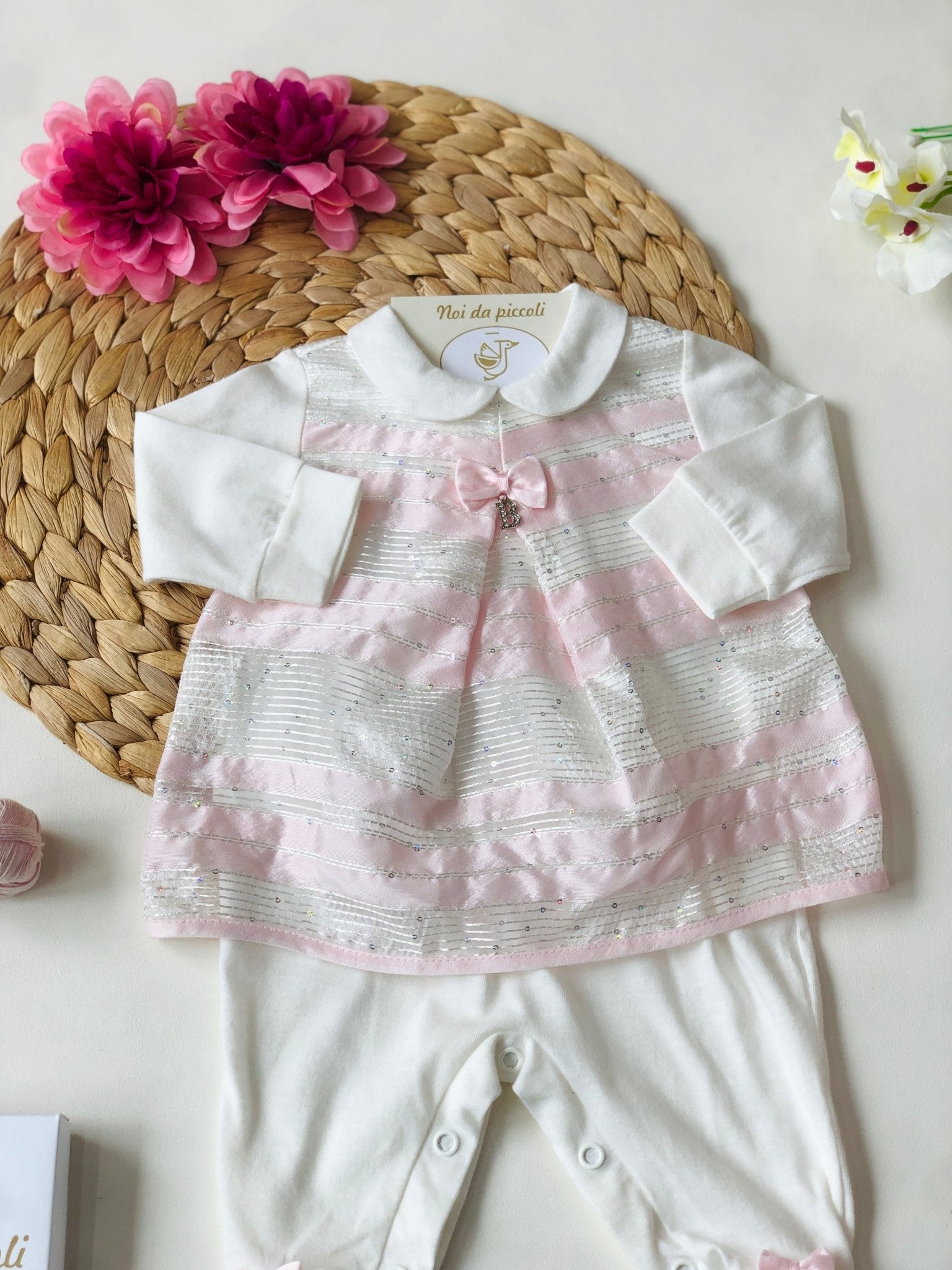












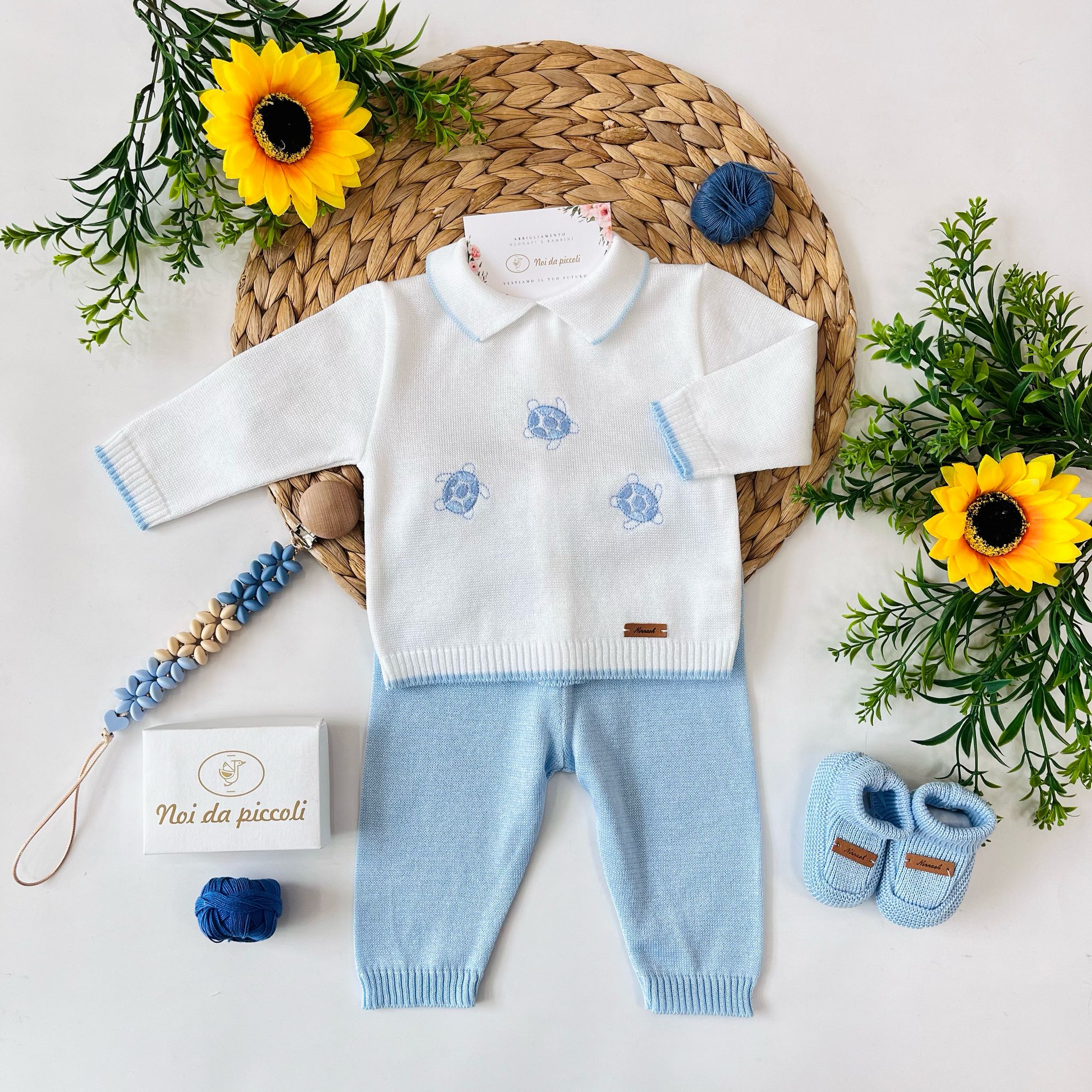
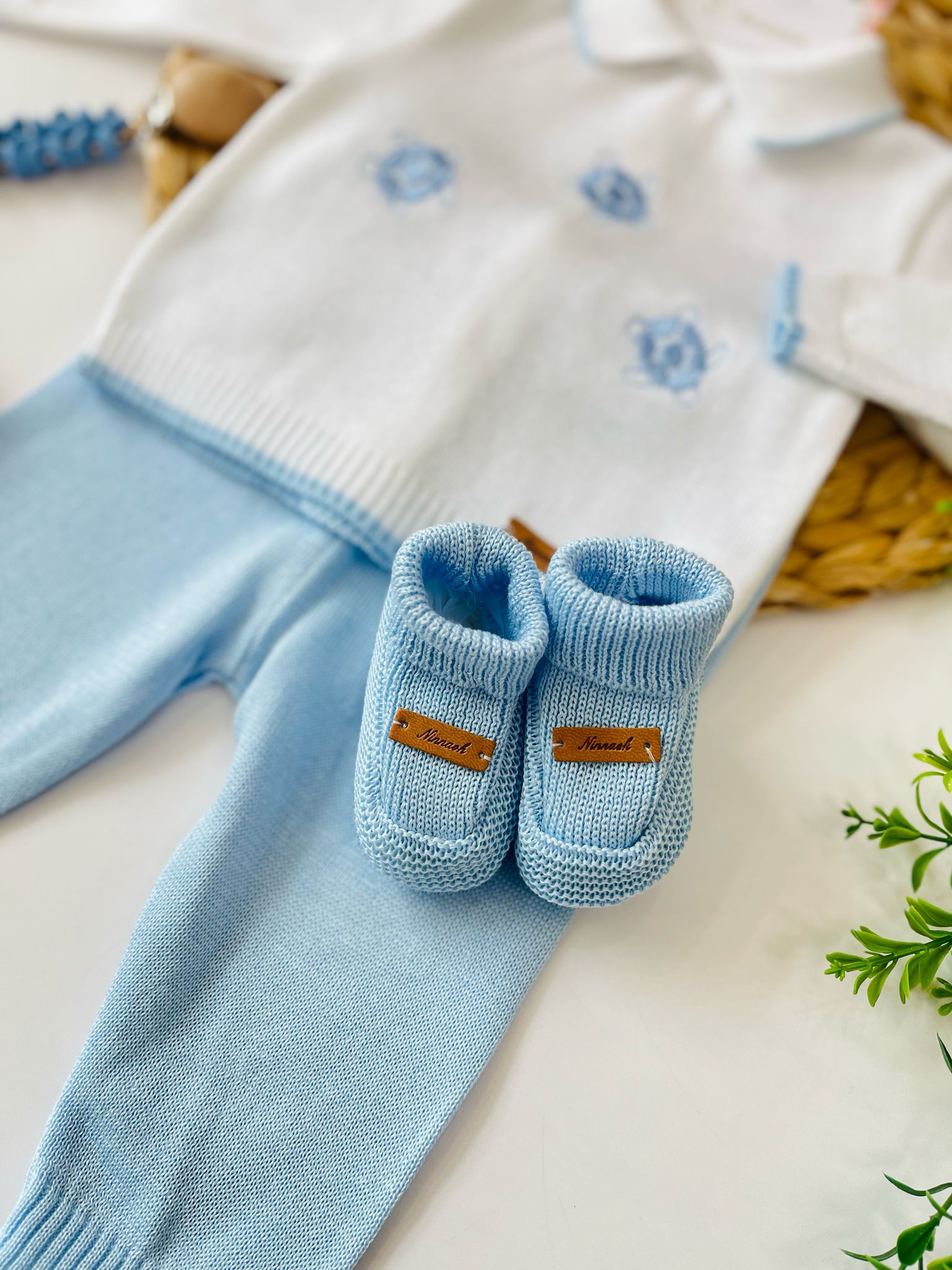




Leave a comment
This site is protected by hCaptcha and the hCaptcha Privacy Policy and Terms of Service apply.